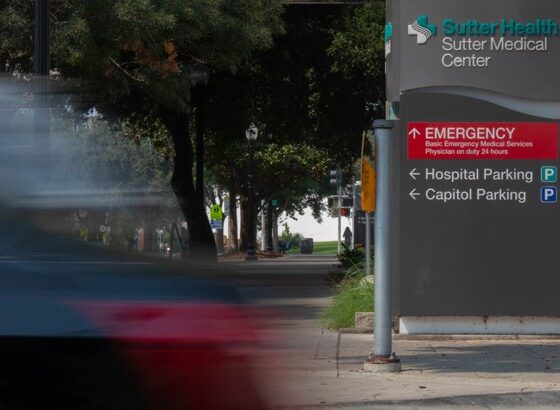By Kathleen Phalen-Tomaselli,TheStreet.com
Come January 1 of next year, those with the lowest health insurance risk may be hit the hardest with premium increases as high as 40%. “The rules are changing,” says Robert Zirkelbach, vice president of strategic communications for the American Health Insurance Plans (AHIP) in Washington, D.C.
If you are young, healthy and qualify for non-group coverage, you could face rate hikes forcing you to reconsider how you spend your health care dollars. Here’s what’s happening: The Affordable Care Act, aka Obamacare, reaches maturity the first of the year. Designed to tackle the problem of insuring the nation’s estimated 48 million uninsured in addition to increasing benefits for such services maternity care and reproductive aid—all while lowering premium rates for older Americans. But the new provisions come with a price.
And because of new age rating band requirements tied to the ACA, the 18 to 44 age group’s premiums will increase while the over 57 group will decrease. Today, the ratio for age rating bands is 5:1, which means insurers can charge older individuals five times more than younger insureds. Come January 1, the band ratio reduces to 3:1. Take, for example, a 24-year-old who pays $1,200 annually for non-group coverage today could. He could see an overnight increase to $1,800, while a 60-year-old paying $6,000 today will pay $5,400 in 2014, according to the AHIP.
Nonetheless, in the report “Timely Analysis of Immediate Health Policy Issues” published last month by the Urban Institute Health Policy Center in Washington, D.C., lead author Linda J. Blumberg concludes that such predictions are over inflated. Citing government subsidies available to help defray such increases for those earning less than 400% of the federal poverty level, Blumberg says that subsidies will help this age group obtain expanded coverage. Even so, according to the report, “Premiums for 21-to 27-year-olds are $850 lower under (the)5:1 (age band rating) than under (the)3:1 rating.”
The problem with counting on subsidies to defray higher premiums is that, “40% will not be eligible for subsidies,” says Zirkelbach. He goes on to explain that 7.6 million of those in the non-group category in 2011 earned more than 400% of the federal poverty level.
According to an Oliver Wyman study, the cut-off for subsidies is closer to 250% of the federal poverty level—in other words, those earning less than $25,000. There will be no subsidies for individuals earning more than $50,000.
Along with tax subsidies, the ACA calls for the expansion of state Medicaid programs to help those with lower incomes. But, depending on where you live, this may not be an option. The Supreme Court recently ruled that states can decide on whether they will participate. At this point, many states remain undecided with some governors, like Gov. Tom Corbett(R-PA), saying they have no intention of expanding an already stretched program.
To further compound the issue of higher premiums, the health care reform law includes a new $100 billion sales tax on health insurance that will continue to drive up costs. AHIP predicts this increase may be as high as $300 per family.
The Congressional Budget office says the taxes will, “largely be passed through to consumers in the form of higher premiums.” A 2011 Oliver Wyman analysis estimates that this tax alone—not accounting for age rating bands or expanded coverage—will increase premiums over a ten-year period by $2,150 for individuals and an average of $5,080 for families.
Currently, federal and state governments are establishing health care exchanges—much like a one-stop health insurance supermarket—and individuals will be able to select plans starting October 1.
What are your options?
Pay the higher premiums that will also offer you more coverage. Opt-out of coverage and pay the federal uninsured penalty of about $95 in 2014. Or choose a catastrophic plan available for those up to age 27.
What does Zirkelbach hope for? A repeal of the health care tax and a phasing in of the age rating bands. Is there still time to hope? “It’s hard to say,” he says. “Maybe when taking a closer look at this they will re-visit these issues.”


